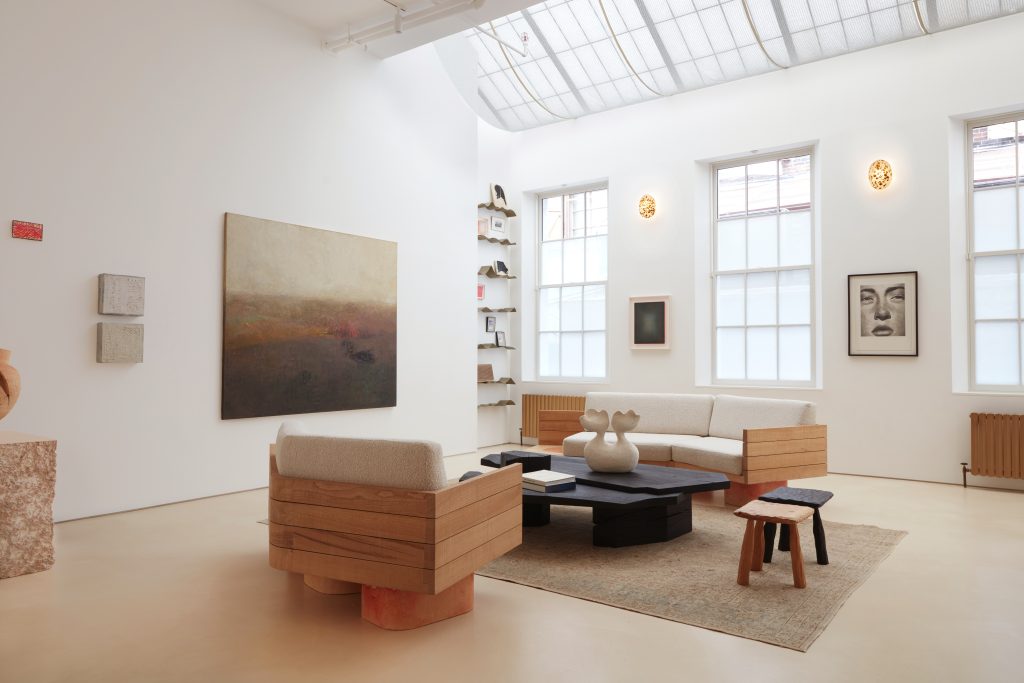Foire Internationale d’Art Contemporain 2013
For its 40th edition, the international art fair shows a young and daring spirit, with plenty of surprises

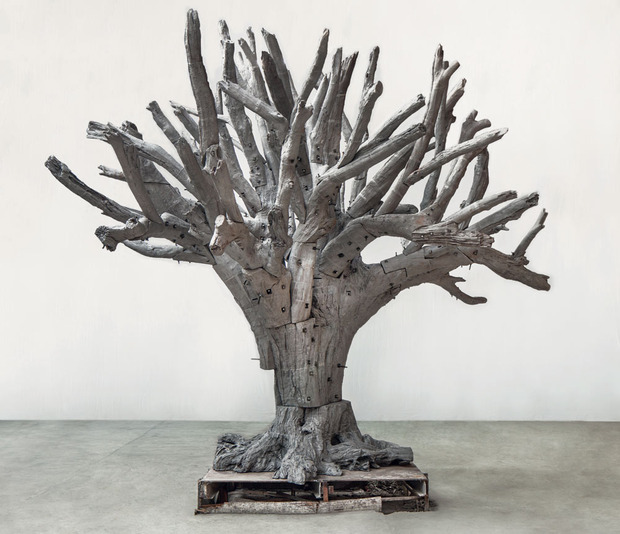
The 2013 Foire Internationale d’Art Contemporain (FIAC) party starts right at the entrance. Immediately, visitors are faced with the impressive and imposing, nearly seven meters tall “Iron tree,” by controversial Chinese artist Ai Weiwei. Pursuing his personal approach which references his country’s cultural heritage, the artist has cast in iron a previously made work of fallen trunks from mountainous south China, which have been interlocked in a traditional Chinese construction technique.
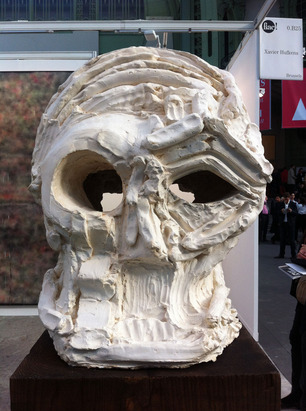
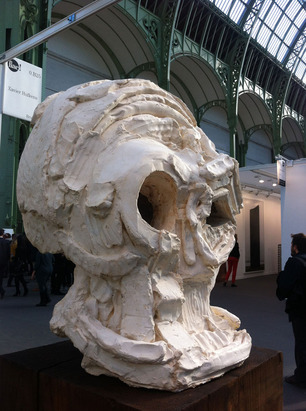
Next, two oversized heads complete the “Alice in Wonderland” tour. The beauty of the monumental “Yet to be titled (angular head on plinth)” by Thomas Houseago is linked with the visibility of its process—it’s almost reminiscent of Play-Doh. This is characteristic of the work of this English artist, where he often aims to challenge the hierarchy within the visual forms, the materials and the values associated with them.
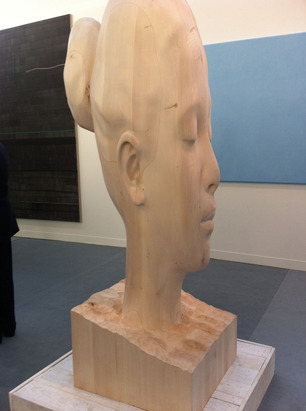
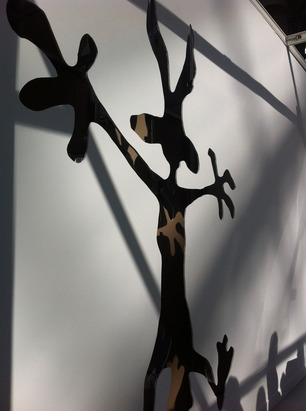
The slightly distorted closed eyes of “Mariana W.” by the famous Spanish sculptor Jaume Plensa at Gallery Lelong make the piece look at once peaceful and odd. This magnificent piece is one of his monumental sculptures which can be seen throughout the world—like the 44-foot tall “Echo” installed in Madison Square Park in 2011.
“Wile E. Coyote” by the American artist Dan Colen, appears to have run away; smashing through the wall of the Gagosian gallery booth. This New York-based artist aims to spotlight mass cultural phenomena, street art tags and other oftentimes under-valued (or lowbrow) movements, and reimagines them through painting, sculpture and installation. He perfectly executes this at FIAC with a piece that is both thoughtful and playful.
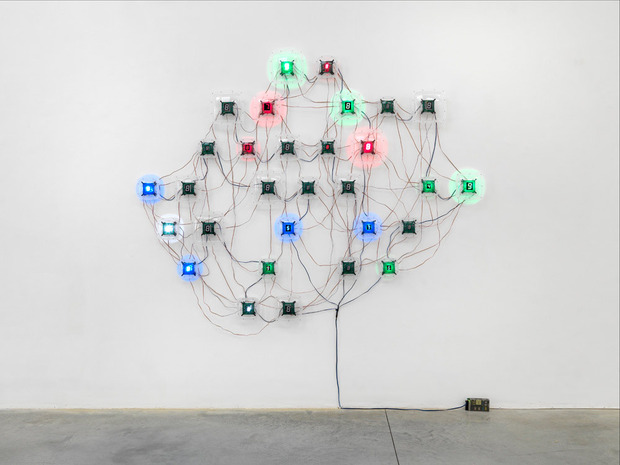
At the Lovenbruck booth, Jean Dupuy’s installation “Concert of Seconds” is composed of a series of 20 amplified clocks, which together are designed to create a “time symphony.” While the seconds pass, the small disks replacing figures and hands turn—making the passing of time an audible rustle. This piece is permeated by the artist’s passion for time, machines and delicate mechanisms. Similarly, “Life (body without organs)” by Japanese artist Tatsuo Miyajima is a computerized installation composed of electric circuits and dozens of embedded LED units featuring numbers. The piece represents the journey from life to death and reflects Miyajima’s fascination with the concepts of continuity, connection and eternity.
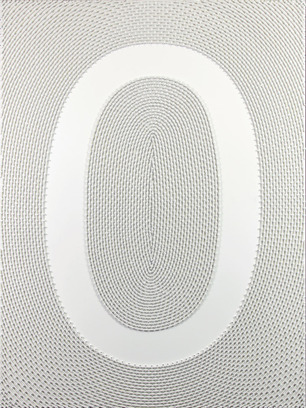
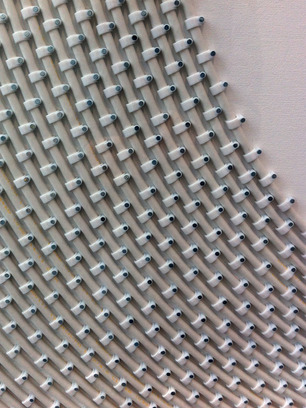
Several artworks at FIAC played on the materials with which they were made. At the Yvon Lambert booth, “Year Zero” by Mounir Fatmi is made from coaxial antenna cables fixed with cable-staples. The piece is dedicated to the Arabic Spring revolutions, reminding the viewer that zero is a figure Arabs invented for the mathematical need during Antiquity. While the canvas is invaded by the wires, the only space which remains open is the zero—the only space of liberty and creativity.
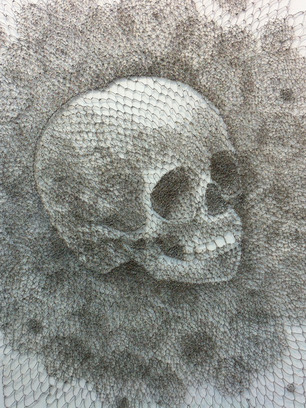
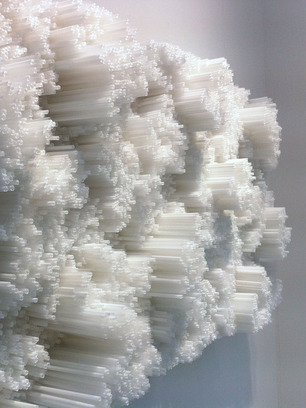
The delicate “Child Skull” wire-embroidery by Walter Oltmann and the acrylic nails that make up “Vandetta” by Frances Goodman (both at the South African Goodman booth) take the same approach to playing on materials. The stunning—but seemingly simple—three-dimensional “White Straws” panel by Francesca Pasquali, however, is from a series using items from everyday life. The piece is made from different lengths of straws and gives the impression of undulation.
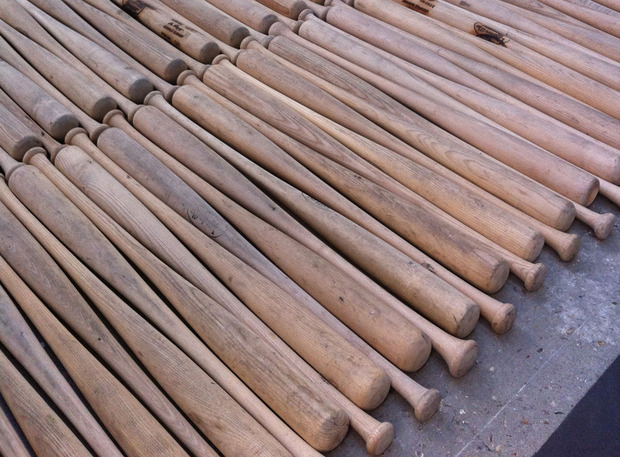
The hundreds of baseball bats covering the booth of the Peter Freeman gallery—making it almost impossible to walk in and see other pieces on show—is last but not the least. “The Rite of Spring” by American artist David Adamo is typical of his approach; diverting objets from their intended function— in a similar vein to world-famous conceptual artist Marcel Duchamp. It’s a simple reimagining of an everyday product—but the result is quite special.
Photos by Isabelle Doal

